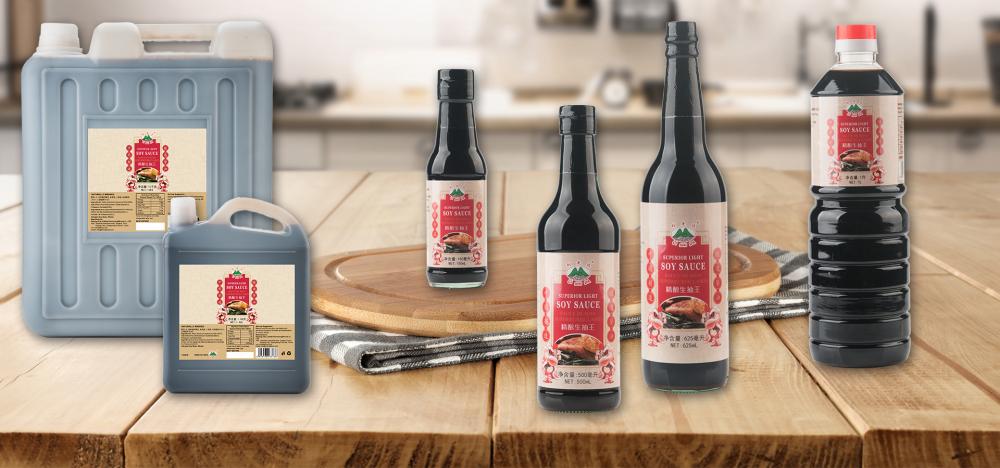Xinjiang donkey breeding and management points
Xinjiang donkey is a kind of donkey breed with gentle temperament, strong physique, and good economic value. It is the main breed in meat donkey breeding. Now we introduce the feeding and management points of Xinjiang donkeys.
To breed Xinjiang donkeys, it is necessary to have a suitable living environment. The construction of donkey houses should be determined according to local temperature changes and the production and use of donkey farms. It is most common to sit north-south or south-east-facing double slope type donkey houses. The donkey shelter must have a certain number and size of windows or ventilation holes to ensure sufficient sun light and air circulation. A concrete structure disinfection tank shall be installed at the entrance of the donkey gate. The main facilities in the donkey house include donkey beds, feed troughs, excrement channels, manure urine ditch, drinking trough and ventilation holes. Donkey house environmental control. Adjust the harmful gas and temperature inside the donkey house through windows or ventilation holes. At the same time, timely removal of feces to reduce the emission of harmful gases to ensure that the internal environment of the donkeys meets the national standards.
Xinjiang donkeys are herbivores. Its forage is preferably dry, hard, and crisp crop stalks. Straw green forage can be cultivated. The green feed has a water content of more than 60%. It is rich in chlorophyll and its name is named after the green color. All kinds of weeds, cultivated pastures, and fresh crop stalks are all green feed. Artificially cultivated pastures such as hn-mc, corn grass, hn-mc, etc., are suitable for feeding, and straw and grass are cut into short sections of 3-4 centimeters in length using a rake. The most severe bogey is to feed half-dry and forage grass. This type of forage is the easiest way for donkeys to "knot." At the same time supplemented with peas, corn, fried cotton and other fine material or wheat bran and so on. Each morning, midnight and evening feed 1 time, mainly in the late feeding. Each time when feeding, add a piece of grass (grass-like straw) and let it feed until it is half full, then feed grass (that is, mix the straw with alfalfa, bean vines and other forages with high protein content) to induce appetite. . When there is a stoppage performance, the grass should be fed again (ie, the grass left over from the bottom of the tank should be mixed with peas, corn, and fried cotton, etc., or mixed with wheat bran and a small amount of water) to induce maximum Food intake.
For meat donkeys raised in an intensive manner, farmers are better off breeding. As long as the general circle can block rain, it can cover the wind. There are food troughs in the pens. Each donkey should have a 60-80 cm food space. Between the adult donkeys, according to the distance of the feeding position, set a strong fence as a barrier to prevent them from harassing each other (the mixed breeds of male and female are more important).
In breeding management, farmers should use female donkeys with good body shape, high fetal birth rate, and large size. At present, most of the meat donkeys are mainly mated and bred, and they can also be crossed with horses. Intensive breeding can use artificial insemination method to collect clear seed serum. It is conducive to large-scale breeding and accelerate the cultivation and promotion of improved varieties.
In terms of disease prevention, meat donkeys are more tolerant to roughage than horses and cattle, and their resistance to diseases is also stronger. However, this does not mean that we do not get sick, especially under the conditions of intensive cultivation, we must strictly implement the principle of "combine prevention and prevention, and focus on prevention," and pay more attention to environmental hygiene to prevent the occurrence of epidemics. Donkeys, like Hummer, are prone to infectious anaemia, epistaxis, and tetanus. Farmers must strengthen sanitation and disinfection management and find problems in a timely manner.
Brewed from non-GMO soybeans,Lishida Light Soy Sauce is mainly used for dipping dumplings,spring rolls,seasoning noodles and soup,marinating chicken,pork,beef and so on.

We have passed the Quality Standard Certificate,ISO9001 Quality Management System Certificate,HACCP System Certificate and so on to maintain strict quality assurance.
Not only exported our own brand,We accept well-known brands for consigned OEM business.We are looking forward to your contact for great cooperation!
Light Soya Sauce,Premium Light Soy Sauce,non GMO Light Soy Sauce,Best Light Soy Sauce
KAIPING CITY LISHIDA FLAVOURING&FOOD CO.,LTD , https://www.lishidafood.com